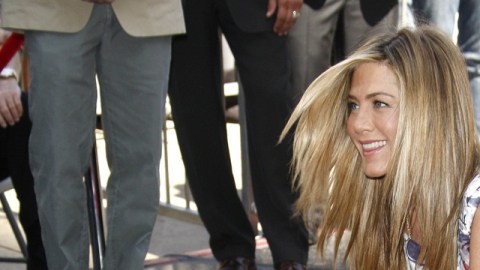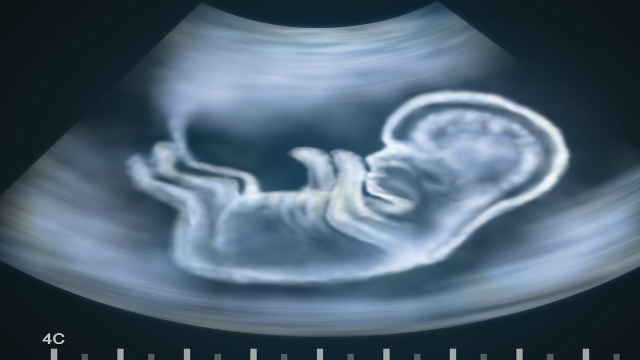Celebrity Neurons

Just when you think you’ve gotten away from the so-called “grandmother cell,” it comes around again. It’s the proverbial Whack-A-Mole in the neuroscience world. No matter how many times the idea is struck down, it pops back up–often, with a vengeance (or, these days, a popular actress).
But I’m getting ahead of myself here. I should take a step back and explain. Perhaps you remember the “grandmother cell” from your Introductory Psychology course. Charles Gross, a psychologist from Princeton University, defines the grandmother cell as “a neuron that [responds] only to a specific, complex, and meaningful stimulus, that is, to a single person or even a single concept.” The basic idea is that somewhere, up there in the brain, there is a single cell that represents your grandmother, wrinkles, Jean Nate powder and all. And if one were to obliterate that particular cell, you’d lose all concept of your grandmother–she’d be removed from your consciousness the same way that fictitious memory erasing procedure did in Eternal Sunshine of the Spotless Mind.
Of course, it’s not quite that simple (and it wasn’t in that Jim Carrey movie, either). But while most of today’s neuroscientists use the “grandmother cell” to help explain what memory decidedly is not, the idea has had some serious staying power over the past few decades.
In 2009, Carl Zimmer blogged about the “Halle Berry” neuron. He cited the research of Rodrigo Quian Quiroga, a professor at the University of Leicester, who found something curious when he looked inside the brains of epileptics. Quian Quiroga had implanted electrodes into an area of the brain called the medial temporal lobe in order to better understand the brain activity underlying seizures. When he asked the patients to do a simple task–look at photos and determine whether they were photos of human faces or not–he found something very curious. One neuron fired specifically for the actress Halle Berry. Zimmer writes:
Amazingly, the “Halle Berry” neuron responded to any picture of her, including one in which she was dressed as the masked Catwoman. Even the name Halle Berry triggered that neuron, which was silent at the sight of other actresses or their names.
Fast forward to last week. Jennifer Aniston now merits her own neuron. Robert Krulwich, on his NPR blog, waxed poetic about the work of neurosurgeon Itzhak Fried (and Ms. Aniston’s sculpted chin). Like Quian Quiroga, Dr. Fried has found a neuron that lights up at the mere mention of Ms. Aniston’s name–as well as her photo and, likely, speculation about the nature of the Ross/Rachel romance from Friends.
To date, other neurons apparently devoted to Julia Roberts and Kobe Bryant have also shown up. Also, a neuron or two that spike for regular everyday folks. But what does it all mean, exactly?
That’s the million dollar question. And the honest answer is that neuroscientists aren’t sure. Despite the fact that these individual neurons are firing for a single celebrity does not mean they are so-called “grandmother cells.” The more likely explanation is that any concept, person, thing or memory is made up of a network of dozens, perhaps hundreds, of cells. These researchers just happened to lock on to a cell within that network during the course of the research study. But only more research, and a better understanding of how the mind codes and retrieves memories, will bear that out.
Credit: Joe Seer/Shutterstock.com





